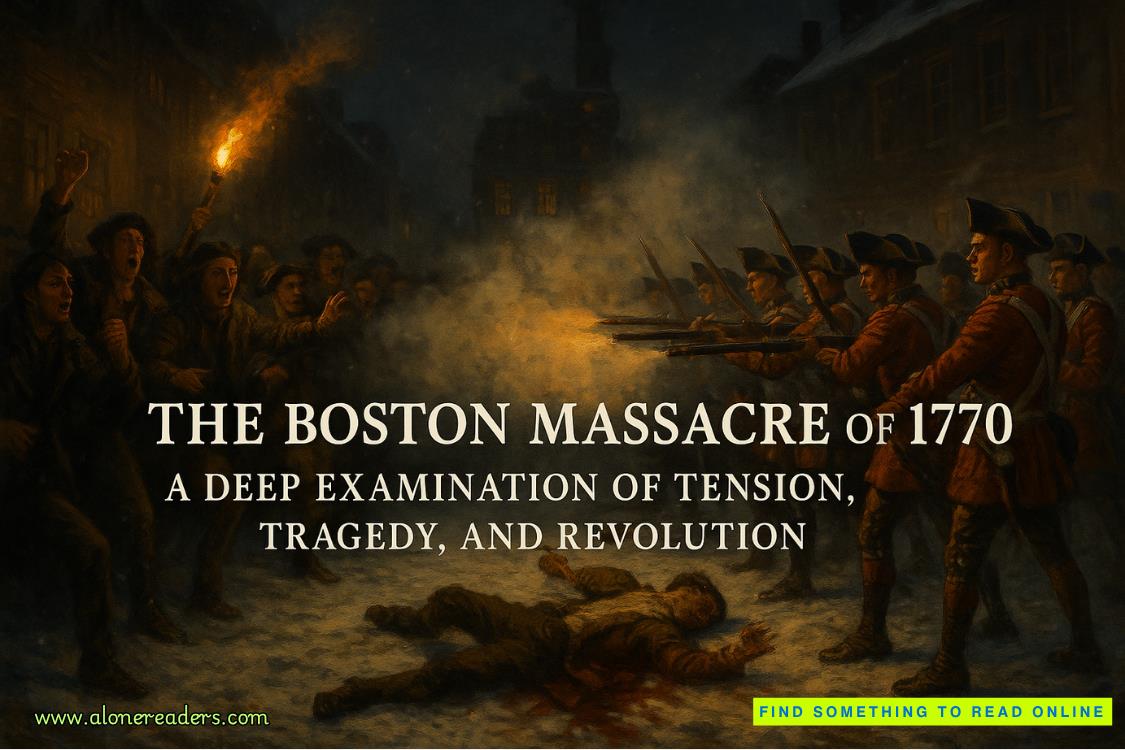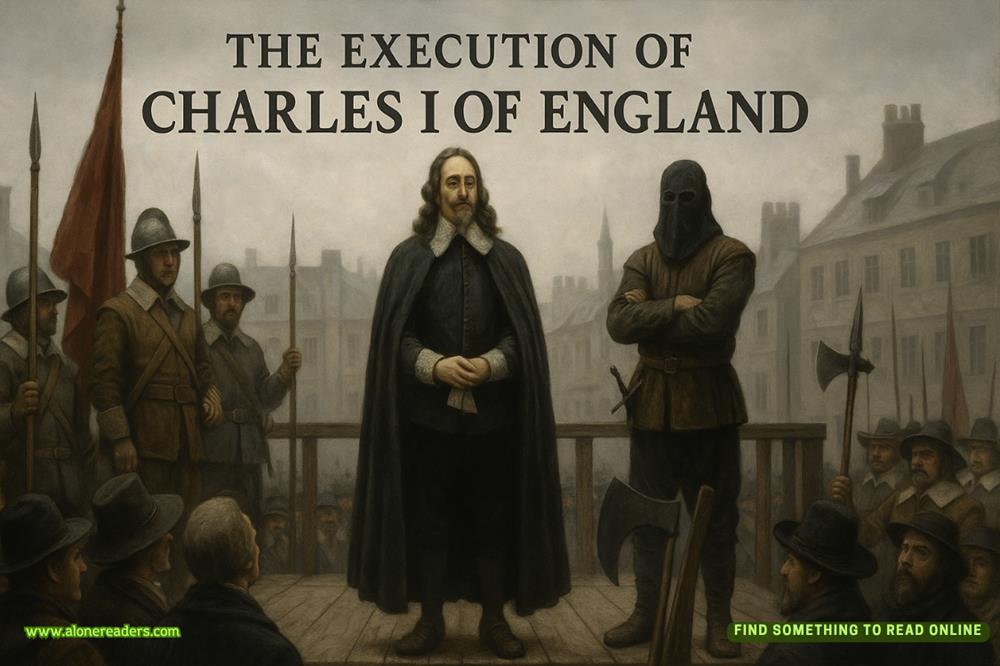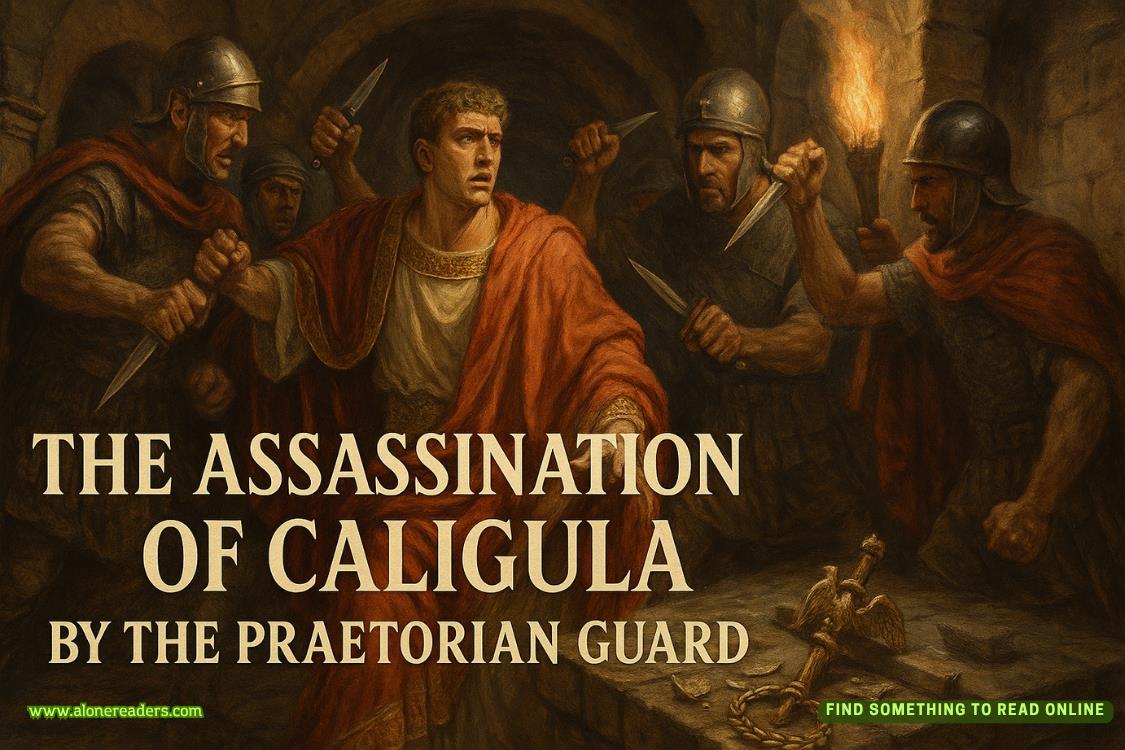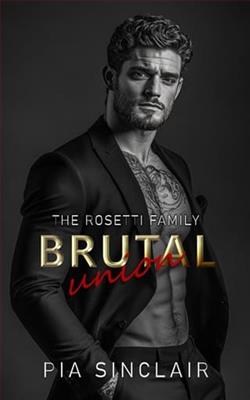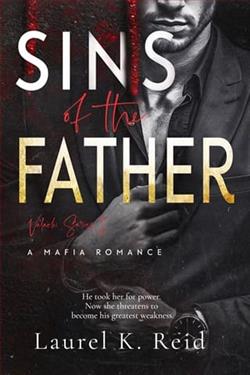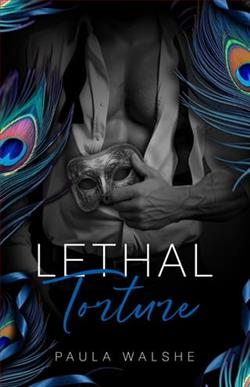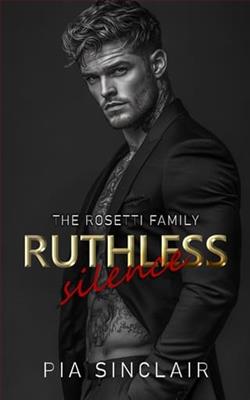Page 100 of The Gathering
Barbara started to sift through the documents. “This all belong to your family?”
“A mix. As mayor, I inherited the town records. Well, those that hadn’t got lost or eaten by mold. Mom had a lot of old pictures that I guess got handed down over generations. I couldn’t tell you half the folk in them.” She walked in with two coffees. “The Bone House would have been around the 1920s, so any photos are probably toward the bottom of the box.”
Barbara dug down, pulling out papers. The order was fairly random, and a lot of the documents were barely legible. Literacy was not high among the early Alaskan settlers. Plus, the writing had faded with age and run with water damage. Typically, she had left her glasses in the office. Barbara held up some loose census papers. In 1901, the population had been just eighty-nine people. Beneath the papers, a flyer proudly declared: “Deadhart Mine Opening—Celebrations to take place at the newly established Roadhouse Grill!”
Further down, photographs showed some kind of town event. Independence Day, perhaps. People smiling and dancing. Kids running around. She flicked through a few more. The opening of the police department: stern-looking men with mustaches standing proudly outside. Another photo showed a row of kids in a formal pose. “Deadhart School. 1945,” a note on the back said.
It was easy to see how the tiny settlement here had grown with the advent of the mine. Earlier photos showed only a few scattered houses, and more Indigenous faces. In later photographs, the buildings became bigger, more clustered, the faces almost exclusively white.
The good old white settler, Barbara thought. Crashes the party, steals all the booze, kicks out the owners and then trashes the house.
Barbara picked up another photograph. Something tingled at the back of her neck.
A sturdy wooden building, basic, not much more than a large barn. A scraggy-looking woman, wearing too much makeup and an obvious wig, stood outside with two other hard-faced young females. In contrast to the more utilitarian clothing of the other townsfolk, their frocks were fancy and garish. A young boy squatted in the corner of the shot; face covered in dirt.
“This is it,” she muttered. “The Bone House.”
Rita peered at the photo. “Ah, yeah. I thought there might be a picture somewhere. I think those were the—what do you call them?—madams.”
Barbara frowned. “You said the Bone House was out near the cemetery?”
“That’s right.”
“Is there nothing left of it at all?”
“No, and it’s been built on since then.”
“So, what’s there now?”
“The Church of the Holy Cross.”
Barbara stared at her. Holy fudge. The Reverend had built her house of worship on the bones of dead vampyrs. She felt a shiver of distaste.
“Does the Reverend know?”
“Nope. And I don’t see any purpose in telling her.”
Barbara laid the picture down, and then another caught her eye. The same building but, this time, a group of three young men stood outside. Miners, from the look of them. They clutched beers and cigarettes, smiling drunkenly. One stood out. Taller than the rest. Blond-haired, a cocky edge to his grin. He was familiar somehow.
“Why do I feel like I recognize this man?” Barbara held the photo out to Rita.
Rita glanced at it and her face tensed. “Well, you might have seen his photo up in the Grill. He was a foreman at the mine. Built one of the first houses in the town. Kind of a founding father.”
“And he was a visitor to the Bone House?”
Rita’s voice hardened. “A lot of miners visited the Bone House. Doesn’t mean anything.”
“What was his name?” she asked.
“Joseph Grainger.”
“Grainger? As in Beau Grainger?”
“Joseph was his grandfather.”
A phone chimed. Rita’s.
“ ’Scuse me,” she said, and bustled away to get it.




